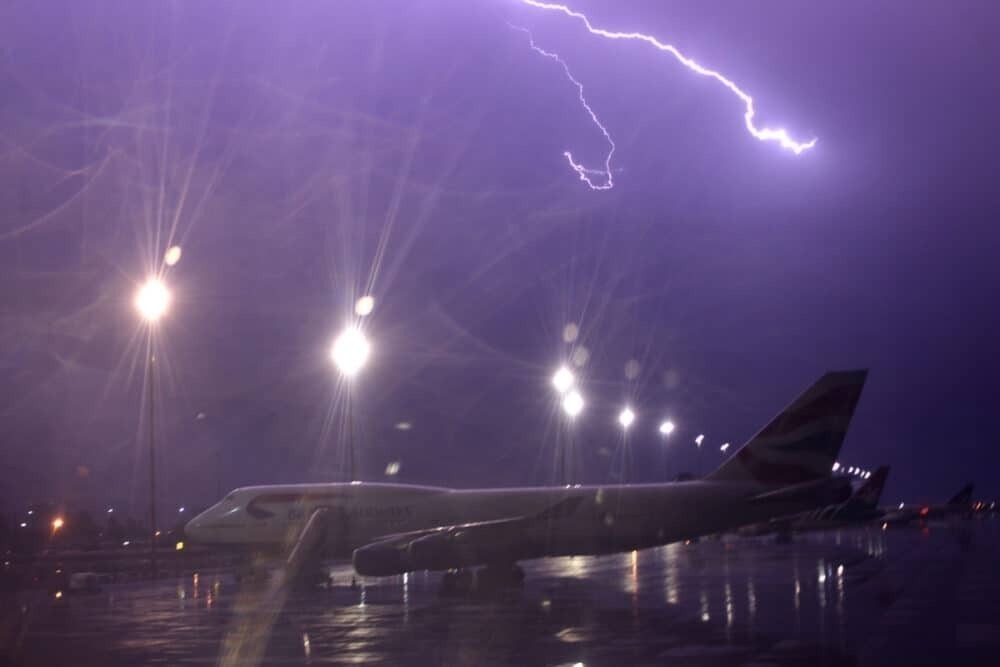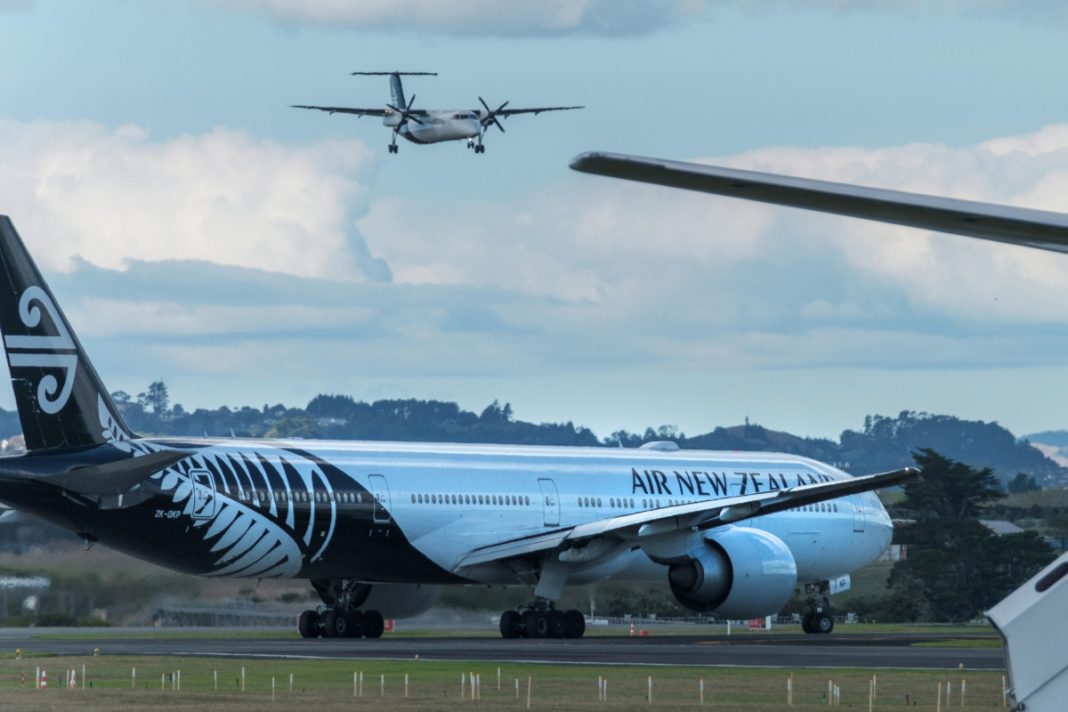An Air New Zealand flight was diverted last week after being hit by lightning shortly after takeoff. The flight, which departed from Auckland on August 8th, was bound for Queenstown. The aircraft was diverted to Christchurch, where the plane was assessed for damage. Passengers were put onto an alternative service, which delayed the passengers’ arrival into Queenstown by 75 minutes.

Struck by lightning
On Saturday, Air New Zealand flight NZ615 was diverted to Christchurch after being struck by lightning. The incident occurred shortly after takeoff in Auckland at around 9:30 local time (21:30 UTC Friday, August 7th).
The crew decided to divert the aircraft to Christchurch, and the plane landed safely on runway 20. Customers were transferred to another flight, which landed in Queenstown at 12:30 local time. Engineers in Christchurch are assessing the Airbus A320. There were 141 passengers on board.
In a statement to Simple Flying, the airline said, ‘ Flight NZ615 Auckland to Queenstown on Saturday was diverted to Christchurch after lightning struck. Lightning strikes are not uncommon. Aircraft are designed with this in mind and our pilots train for this scenario.‘

Lightning strike not uncommon
Lightning strikes on commercial planes are much more common than you may think, with incidences occurring daily. The Federal Aviation Administration estimates that a plane is likely to be struck once for every 1,000 hours of flight time. This roughly equates to an aircraft being struck a little more than once per year.
The probability of a plane being struck by lightning is affected by several things, such as the geographic location in which the aircraft operates and how often it is taking off and landing. For example, in the US, parts of Florida experience an average of 100 thunderstorm days per year. In comparison, parts of the west coast have an average of only 10, making it much more likely that a plane operating in Florida will be struck by lightning than one operating on the west coast. Lightning activity is most like to occur near the equator due to weather patterns.
According to Boeing, 96% of lightning strikes happen when the plane is in the clouds. An aircraft is most likely to be struck by lightning during takeoff and landing at an altitude of 5,000 to 15,000 feet (1,524 to 4,572 meters). The risk of an aircraft being struck by lightning reduces significantly once it is above 20,000 feet (6,096 meters).

Planes are built to withstand lightning strikes
Standard commercial planes are designed to take lightning strikes. Planes are made of aluminum and carbon fiber, which are natural conductors of electricity. When lightning hits, the current travels around the outer shell of the aircraft, away from the cabin.
If a plane is struck by lightning at takeoff, it will often return to the departure airport to be inspected. Planes that are struck by lightning mid-flight undergo inspections after landing. Structural damage to an aircraft from a lightning strike is rare. Most of the time, the aircraft is either unharmed or sustains only minor damage.
This isn’t always the case, though. Earlier this year, a Laudamotion Airbus A320-200 was hit by multiple lightning strikes just before it landed at Vienna International Airport. The lightning resulted in damage to its navigational system, and the aircraft had to be temporarily taken out of service after landing.
Have you experienced a lightning strike while in the air? Let us know in the comments.
[ad_2]
Source link


